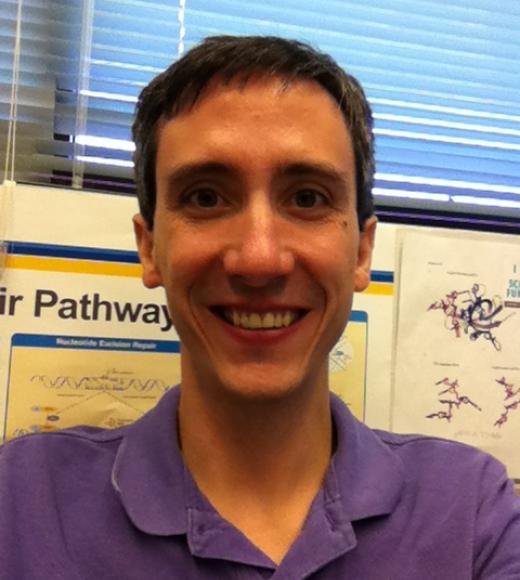
Position Title
Field Application Specialist II
- Bio-Rad Laboratories
Appointment period: 9/15/2011 to 12/31/2012
Award: American Cancer Society Postdoctoral Fellowship, January 2013- December 2015
Project
The Effect of Human RAD51 Paralogs on RAD51 Nucleoprotein Filament Dynamics
DNA damage is a primary cause of cancer. Understanding how cells repair damaged DNA is of fundamental importance for preventing, diagnosing and treating cancer. RAD51 protein is a key component of the DNA repair machinery in human cells. RAD51 forms a nucleoprotein filament on damaged DNA and facilitates repair of the damage by pairing the damaged DNA with an undamaged chromosome. This process enables replacement of any lost genetic information on the damaged chromosome with the appropriate information from an undamaged chromosome. While RAD51 filament formation has been observed directly on double-stranded DNA, its true substrate in cells is single-stranded DNA (ssDNA). The first aim of my project is to investigate the process of RAD51 filament formation on ssDNA by using single-molecule imaging techniques. By combining optical tweezers and fluorescence imaging, I will be able to directly observe RAD51 protein assembling on ssDNA. Genetic studies have revealed that RAD51 filament formation depends on a set of five related proteins known as RAD51 paralogs. While it is known that RAD51 filament formation is promoted by these paralogs, their mechanism of action is unknown. The second aim of my project is to employ single-molecule imaging techniques to observe the effect of the paralogs on RAD51 filament formation to determine how these proteins promote DNA repair.
